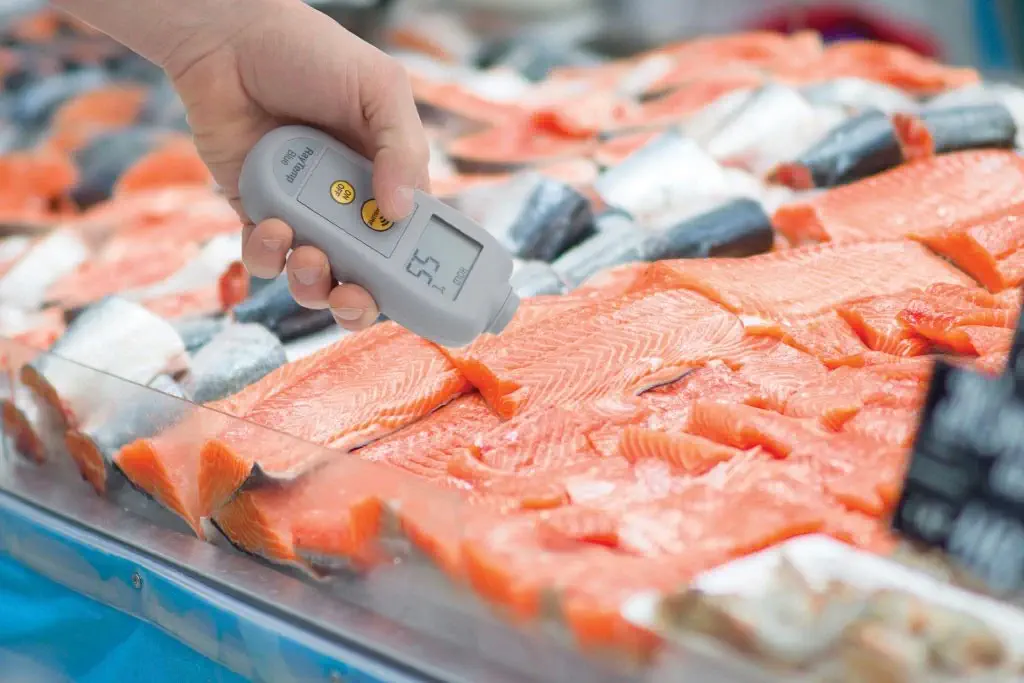
In a world where food standards are constantly evolving, ensuring the safety of your products is paramount. New techniques, stricter regulations, microbiological risks... the requirements are multiplying.
Food thermometers are among the most widely used tools for ensuring that these requirements are met, and that food is cooked, stored and served at safe temperatures... Precision (or accuracy for metrologists) is one of the basic criteria for evaluating a reliable thermometer. In this article, we'll find out why the accuracy of thermometers is so important, and what you need to bear in mind when choosing the right thermometer.
An inaccurate food thermometer can entail serious risks, both for food safety and product quality. The consequences can be far-reaching, including
Accuracy indicates the measurement class of the food thermometer, generally linked to :
In the food industry, an accuracy of /-1°C is considered basic, whereas /- 0.5°C is good and sought-after by most customers for immersion thermometers (Pt100, thermocouple, CTN)
Take into account food thermometer drift, which must always be checked with an ice bath at 0°C: a simple thermos (isothermal bottle) with the addition of ice/water and at 100°C: container with boiling water.
A resolution of 0.1°C is essential for accuracy.
For infrared thermometers, a general accuracy of /-2°C is acceptable for rapid control (cold rooms, cakes, frozen products, etc.)
The accuracy of a food thermometer must be tested in accordance with good operating practice:
EN 13485 is a European standard that defines the requirements for thermometers used in the transport, storage and distribution of chilled, frozen and deep-frozen products. This standard guarantees the right choice of food thermometer, meeting the minimum quality criteria necessary to guarantee respect for the cold chain.
It also ensures compliance with :